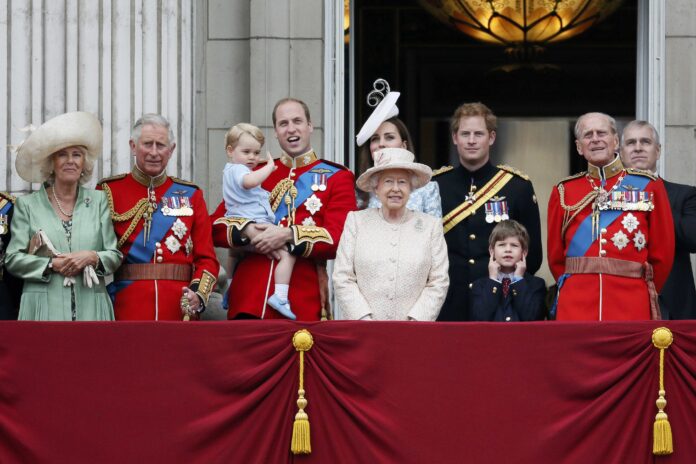
The British royal family, known for its regal traditions and formalities, also harbors a charming realm of endearing nicknames. These unexpected monikers reveal a more playful and intimate side to the esteemed members of the monarchy. From Her Majesty Queen Elizabeth II to the younger generation, the British royals have embraced unconventional terms of endearment, showcasing their relatable and affectionate nature behind their public personas. This article delves into the secret world of royal nicknames, offering a fascinating exploration of the personalization of the British royals and the warm bonds that exist within the family.
- The Significance of Nicknames in Personalizing the Royals:
- Discuss the role of nicknames in creating a more personal connection with individuals, even in prestigious positions.
- Explain how nicknames can humanize and showcase the relatability of the British royals, allowing them to transcend their formal titles and protocols.
- Highlight examples of other prominent figures who have embraced nicknames and the impact it has had on their public image.
- Unveiling the Surprising Nicknames of Queen Elizabeth II:
- Explore the unexpected nicknames used for Queen Elizabeth II, such as “Lilibet” and “Gary.”
- Provide background information and anecdotes regarding the origin and significance of these endearing names.
- Discuss the public’s fascination with Queen Elizabeth II’s nicknames and the impact they have had on her public perception.
- The Playful Aliases of Prince Charles:
- Examine the endearing nicknames bestowed upon Prince Charles, including “Fred” and “Squeak.”
- Discuss the stories behind these playful monikers and their significance in reflecting his close relationships within the family.
- Analyze how these nicknames humanize Prince Charles and provide a more intimate portrayal of his personality.
- The Next Generation: Unexpected Nicknames of the Younger Royals:
- Explore the nicknames used within the younger generation of the royal family, including Prince William, Duchess Kate Middleton, Prince Harry, and Duchess Meghan Markle.
- Highlight surprising aliases such as “Wombat” for Prince William and “Flower” for Duchess Kate.
- Discuss how these playful nicknames reflect the dynamics and affection within the younger generation of the British royal family.
- The Enduring Popularity of Royal Nicknames:
- Analyze the public’s fascination with royal nicknames and the media’s coverage of these endearing monikers.
- Discuss the enduring popularity of royal trivia and the impact it has on public interest in the personal lives of the British royals.
- Reflect on the significance of these nicknames in strengthening the connection between the royal family and the public.
The unveiling of unexpected nicknames within the British royal family provides a glimpse into the more intimate and affectionate side of their lives. These endearing monikers humanize the royals, showcasing their relatability and emphasizing the importance of familial bonds even in the grandest of settings. From Queen Elizabeth II to the younger generation, the British royals embrace nicknames that reflect their close relationships and foster a sense of warmth amidst their regal duties. The public’s fascination with these royal trivia tidbits demonstrates the enduring popularity of these nicknames and the public’s desire to know the individuals behind the titles. Ultimately, the use of nicknames in the British royal family showcases the universal desire for personal connection and the power of affectionate terms in bridging that gap.


